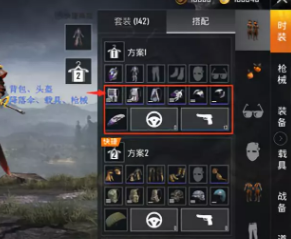digital currency binance See results about
The release of Willow chip is regarded as a major breakthrough in the field of quantum computing, which is regarded as the next technological frontier of many technology companies. Analysts said that Willow is of epoch-making significance, and it will be the first step to build useful quantum computing, which will bring great potential in many fields such as AI big model, drug discovery, nuclear fusion and battery design in the future.Google recently released a new generation of quantum computing chip called Willow, which caused a great sensation in the scientific and technological circles.
Willow chip can realize that the error rate decreases exponentially with the increase of the number of quantum bits, which solves the key challenge of quantum error correction that has been studied in the field of quantum computing for nearly 30 years. Google has tested quantum bit grids of different sizes, which can halve the error rate every time. This is called "below the threshold", which has been a difficult problem that has not been overcome since Peter Shor proposed quantum error correction in 1995.NVIDIA is in danger, Google Quantum Chip is born, and the chip pattern may change.The release of Willow chip is regarded as a major breakthrough in the field of quantum computing, which is regarded as the next technological frontier of many technology companies. Analysts said that Willow is of epoch-making significance, and it will be the first step to build useful quantum computing, which will bring great potential in many fields such as AI big model, drug discovery, nuclear fusion and battery design in the future.
NVIDIA is in danger, Google Quantum Chip is born, and the chip pattern may change.Willow chip can realize that the error rate decreases exponentially with the increase of the number of quantum bits, which solves the key challenge of quantum error correction that has been studied in the field of quantum computing for nearly 30 years. Google has tested quantum bit grids of different sizes, which can halve the error rate every time. This is called "below the threshold", which has been a difficult problem that has not been overcome since Peter Shor proposed quantum error correction in 1995.






























